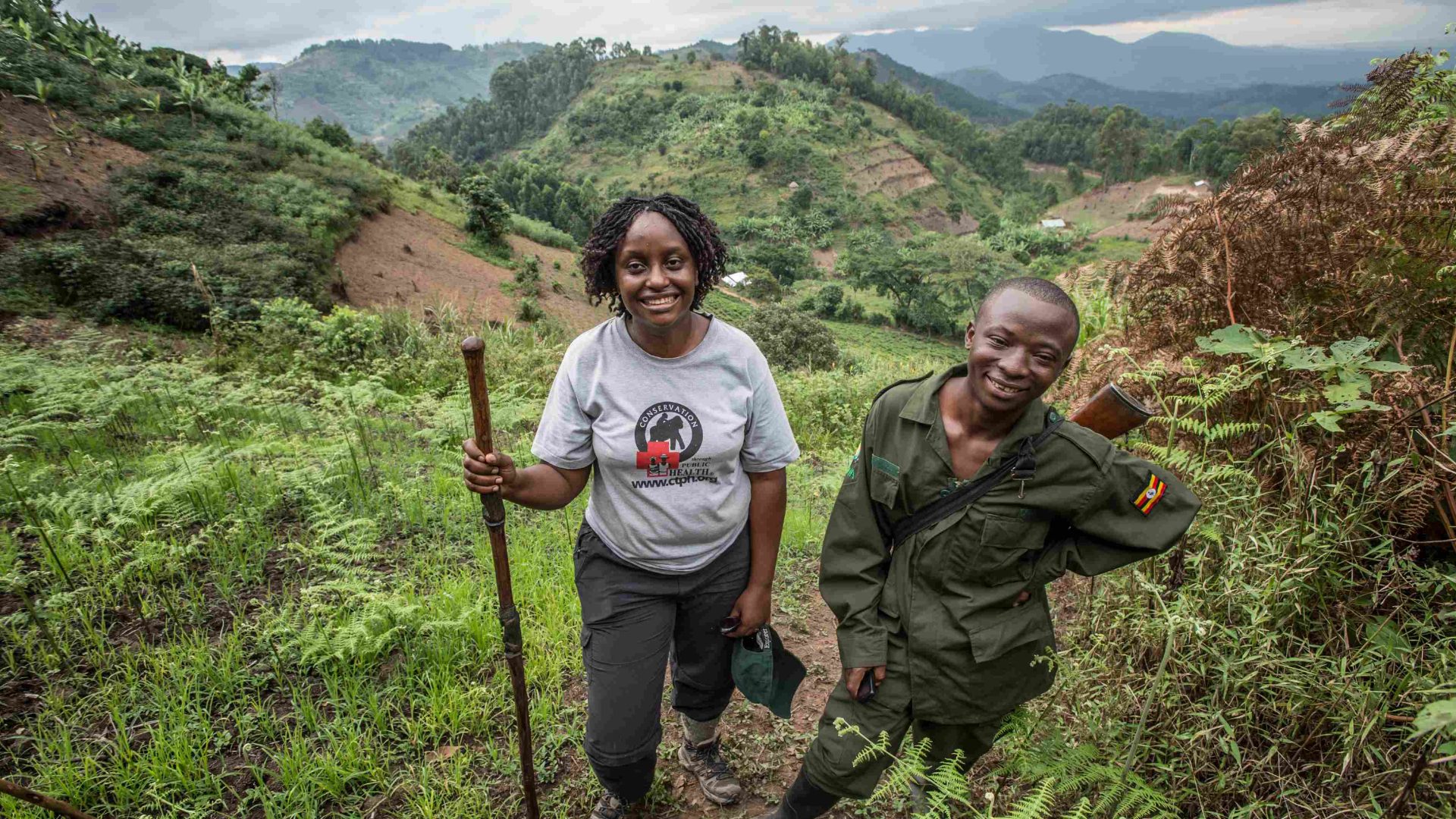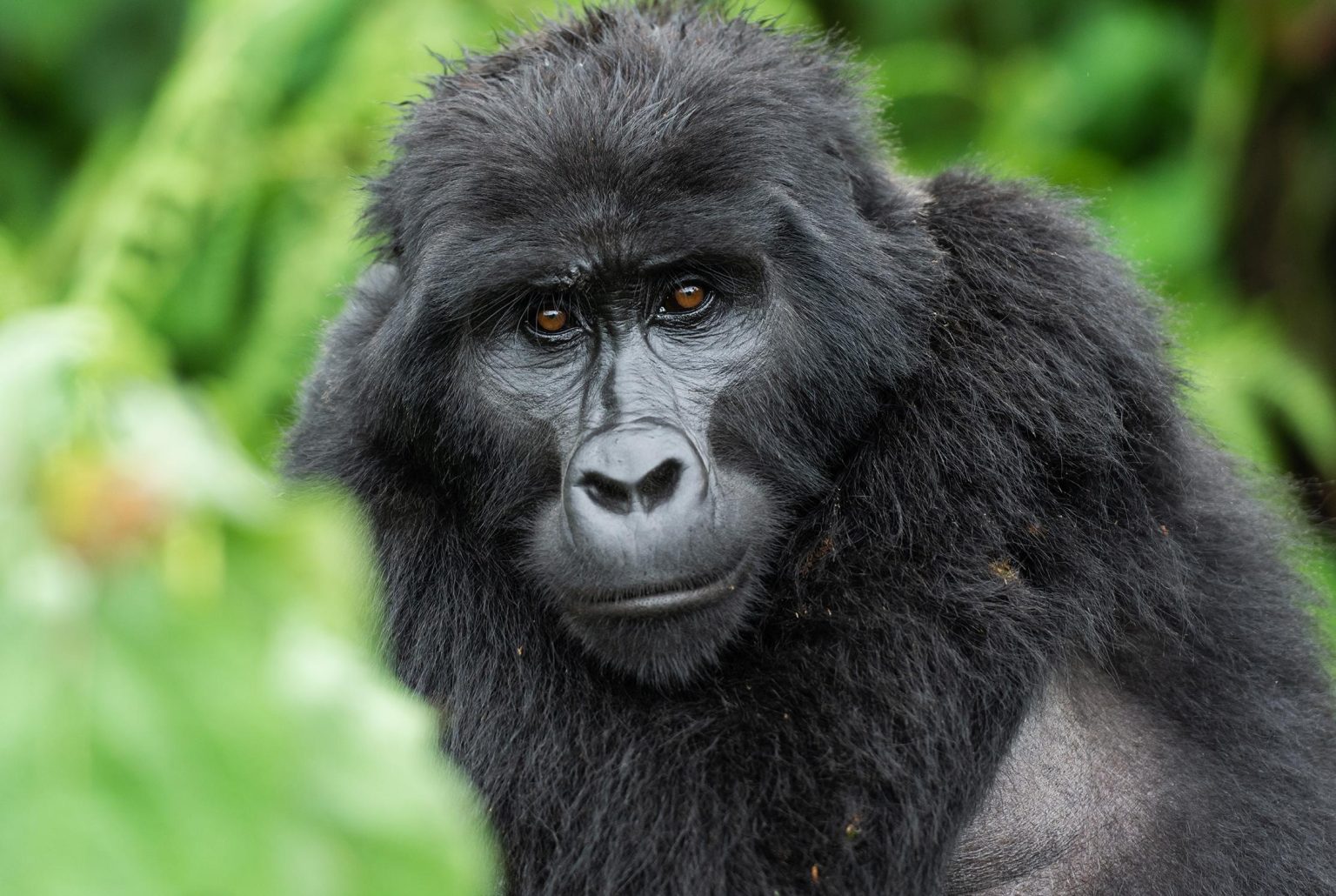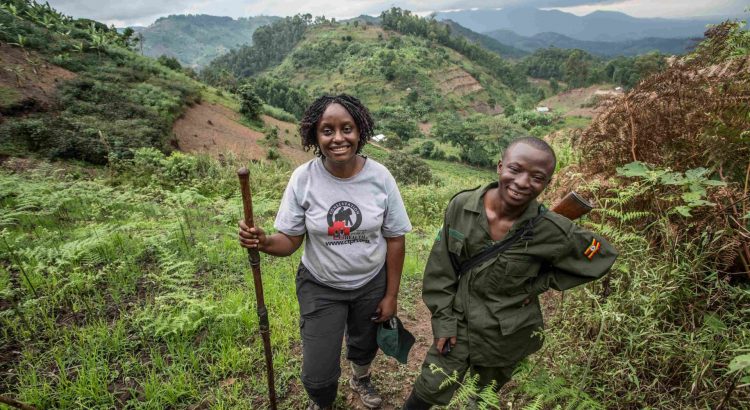SOURCE: Adventure.com

Outward Voices is a collection of personal essays from individuals who are doing their part to protect our planet. For Dr. Gladys Kalema-Zikusoka, founder of Conservation Through Public Health (CTPH), an organization dedicated to the co-existence of wildlife, humans and livestock in Africa, the success of mountain gorilla conservation is a lesson that human and wildlife welfare are inextricably connected.

***
Adventure.com strives to be a low-emissions publication, and we are working to reduce our carbon emissions where possible. Emissions generated by the movements of our staff and contributors are carbon offset through our parent company, Intrepid. You can visit our sustainability page and read our Contributor Impact Guidelines for more information. While we take our commitment to people and planet seriously, we acknowledge that we still have plenty of work to do, and we welcome all feedback and suggestions from our readers. You can contact us anytime at [email protected]. Please allow up to one week for a response.
